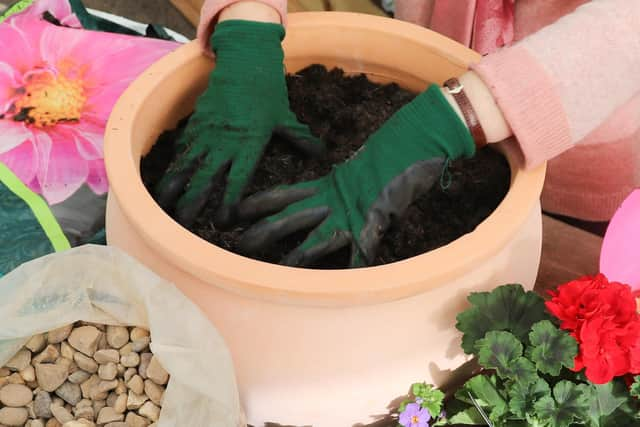Why we need a ban on the sale of peat products in gardening - Theresa Villiers
This is caused by a range of factors including overgrazing and drainage for agriculture as well as extraction for compost and other growing media for gardening and horticulture.
Extraction degrades the state of the wider landscape, damaging wildlife habitats and reducing peat’s capacity to prevent flooding and filter water. And of course extraction means that stored carbon is released, contributing to climate change. The Horticultural Peat: Prohibition of Sale Bill would implement the 2022 commitment made by the Government to prohibit the use of peat products in amateur gardening in England by the end of the year. In 2011 the Department for Environment, Food and Rural Affairs (Defra) announced support for phasing out peat products with a commitment to legislate if a voluntary approach proved to be ineffective. The Government’s 2021 consultation received more than 5,000 responses, 95 per cent of which supported a ban on retail peat sales. The Royal Horticultural Society has backed a ban.
Advertisement
Hide AdAdvertisement
Hide AdWe take pride in being a gardening nation and the Covid lockdown triggered increased enthusiasm for this great outdoor activity. There has already been a big shift to non-peat compost products thanks to the efforts of the horticulture industry, Defra Ministers, campaigners such as Monty Don, and responsible choices made by gardeners.


However, peat can still lurk in gardening products, such as potted house plants and trays of bedding plants. The presence of peat in these products is rarely labelled, meaning even the most ecologically committed gardener may not know it is there. Even the most effective information campaign can only go so far in changing behaviour. Gardeners should be able to buy from a garden centre without fear that their purchase will harm the environment elsewhere.
There are now reasonably priced peat-free composts using materials such as bark, coir and bracken. Thanks to a decision by Defra, solid digestate from anaerobic digestion will soon become another source of peat-free growing media. Peat alternatives for products such as potted plants are also available. Companies such as B&Q have gone peat-free, as has Kew gardens, and the Royal Horticultural Society is 98 per cent of the way there.
The horticulture industry has had since 2011 to prepare for the phase-out of peat. Thirteen years on, some real progress has been made. Peat use more than halved between 2020 and the end of 2022, including a reduction of nearly 70 per cent in the amateur sector. In 2022, professional use of peat fell below 50 per cent of their total consumption of growing media for the first time, but UK horticulture still used 950,000 cubic metres of peat in 2022, including 471,000 cubic metres in the retail sector. I acknowledge that only a comparatively small proportion of the UK’s peat is affected by extraction for horticultural products, but by targeting the demand for peat, we can help keep it in the ground both here and overseas, preventing the damaging release of carbon.
An abridged version of a speech by former environment secretary Theresa Villiers in Parliament.
Comment Guidelines
National World encourages reader discussion on our stories. User feedback, insights and back-and-forth exchanges add a rich layer of context to reporting. Please review our Community Guidelines before commenting.